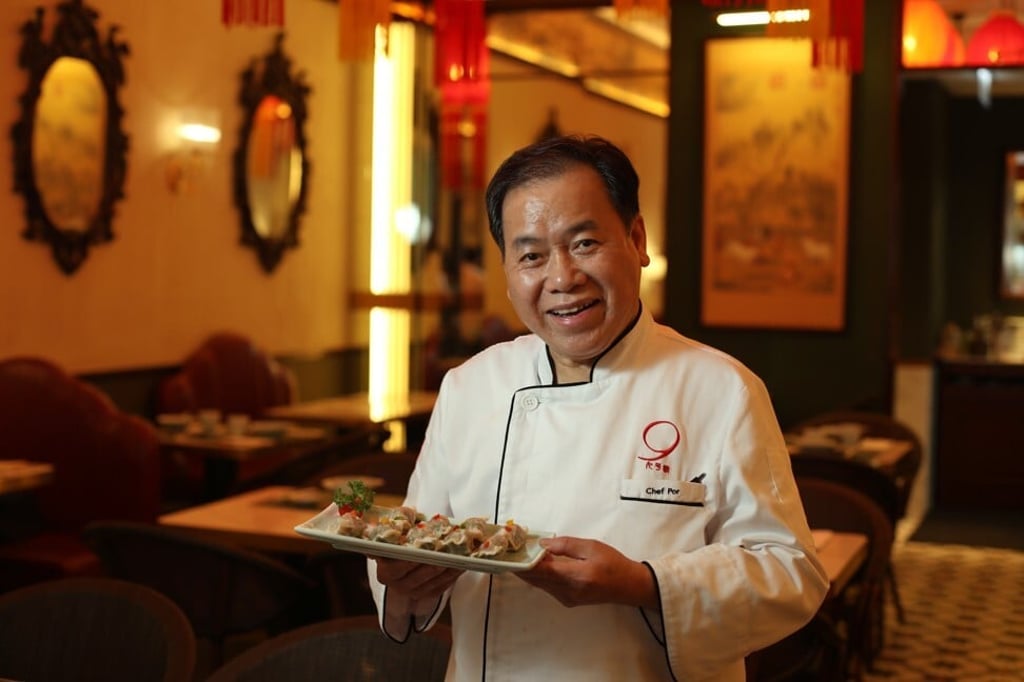What makes dim sum a tradition that is full of surprises? Hong Kong’s chef Wong of Nove Chinese Kitchen explains

With 50 years’ experience, the executive chef shares some of his secrets on the art of being ‘innovative while staying true to one’s roots’
Served from rolling carts and steaming bamboo baskets, dim sum (which translates to “touch the heart”) is small and wildly popular Cantonese dishes that delicately unites family and tradition.
While dim sum is deep-rooted in Chinese culture, its diversity is evolving as modern chefs challenge themselves by creating exciting spins on the traditional Cantonese dishes.
This involves blending traditional and contemporary techniques, without compromising the authentic flavours and craft.
Today, although the trolleys and carts have nearly disappeared, dim sum remains on the menus during lunch, brunch and sometimes even dinner, allowing people to enjoy the tradition of choosing dumplings while dining out with family and friends.
But dim sum is still evolving, and to master the art and craftsmanship of dumplings, chefs require many years of practice.

Bringing a contemporary twist to dim sum is Nove Chinese Kitchen, a Cantonese dining hotspot known for its Chiu Chow flavours. It is tucked away in the bustling, narrow lane of Li Yuen Street East in Central. Nove’s executive chef, Wong Yiu-por, who is Dongguan-born, started making dim sum at the age of 15. Today, he boasts 50 years of experience in the kitchens of renowned Chinese restaurants, such as the one Michelin-star Island Tang, Heichinrou, Pak Loh Chiu Chow Restaurant, and Dor Cheuk Restaurant.
Chef Wong’s philosophy is to “pay attention to every single step and detail of making dim sum, from choosing ingredients to styling”.
With his culinary mastery and imagination, he seeks to create traditional dim sum with stylish and contemporary twists to present constant surprises to diners, and likes to be a step ahead of the competition.